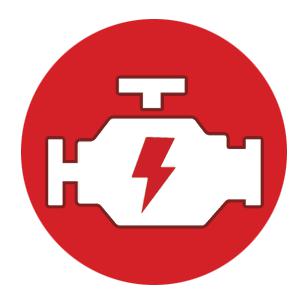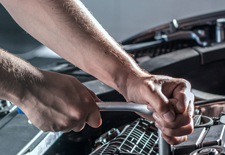Posted on 3/30/2019

So you just turn the key or push the button, right? Not so fast. While it may seem easy to get your vehicle's engine up and running a complex series of events must occur. Understanding your car's starting system can help you figure out what may be going wrong if your car fails to start. The primary parts that must work together in order to get your engine spinning, which will allow it to suck in air and fuel and run on its own, include the battery, ignition switch, starter relay, battery cables and the starter motor. Here's what they do to get you moving. Battery The battery is what stores electrical power that is needed to get the other components of your vehicle moving. This power is created by the alternator, which also powers other components of the vehicle when the motor is running. If your battery dies your car won't be going anywhere. Ignition Switch The ignition switch is activated when the key is inserted into the ignition. The ignition switch has multiple positions, but turn ... read more
Posted on 3/8/2019

Let's face it, the engine is the heart of your car, and you wouldn't ignore your own heart if it was giving you trouble, would you? No! Keeping your heart pumping smoothly keeps you alive, which is why it is crucial to provide your car's engine with the love and attention it needs to keep beating mile after mile. While routine maintenance is the primary way to keep things running right, there may be times when you encounter issues you're unfamiliar with. By paying attention to how your engine is performing you can keep often tell if something is amiss. If you notice any of these signs of major engine trouble be sure to contact your favorite mechanic right away for proper diagnostics and repairs. Knocking Noises A knocking sound coming from under the hood often indicates worn engine bearings. These bearings are what support the motion of the engine's moving parts and should they seize due to wear or a lack of lubrication, the engine could fail completely. Always le ... read more